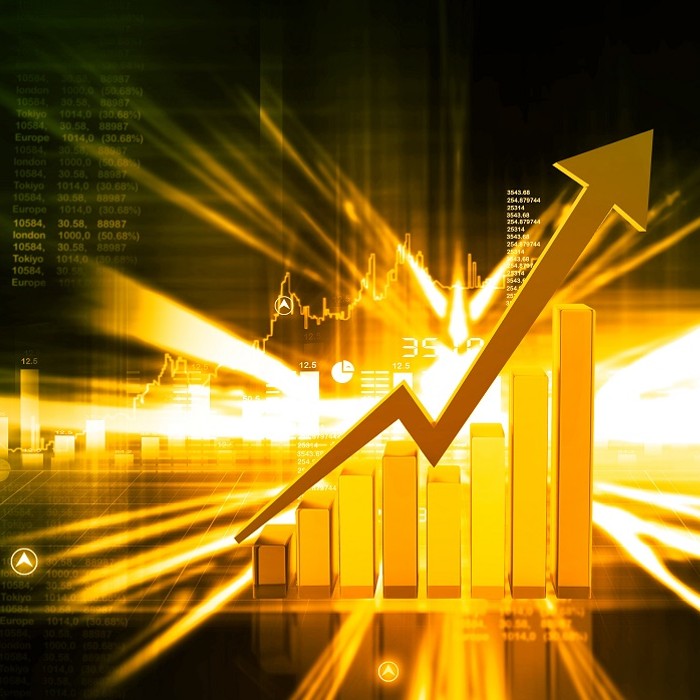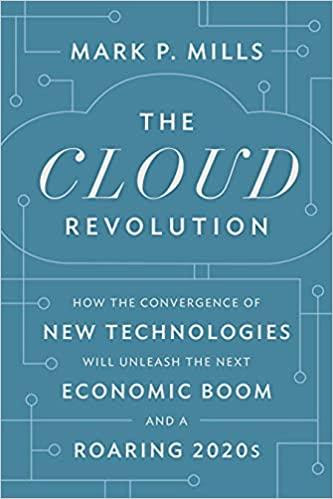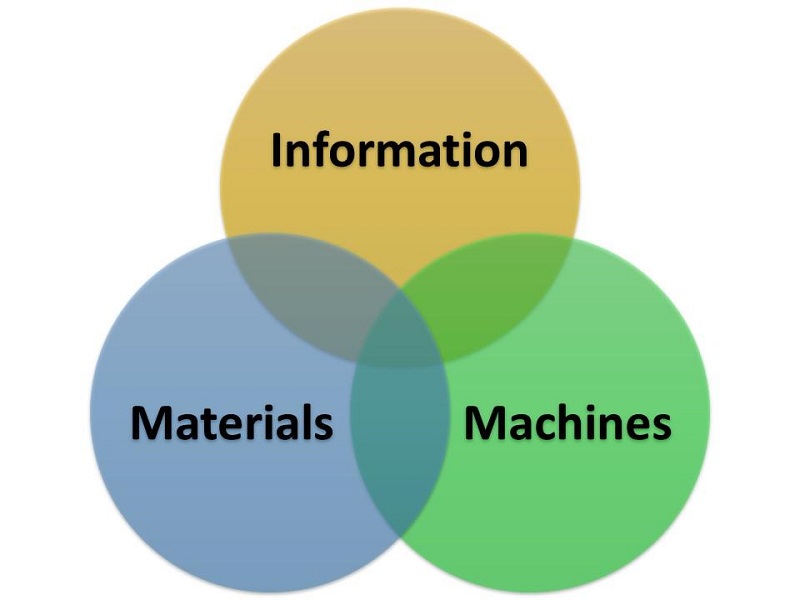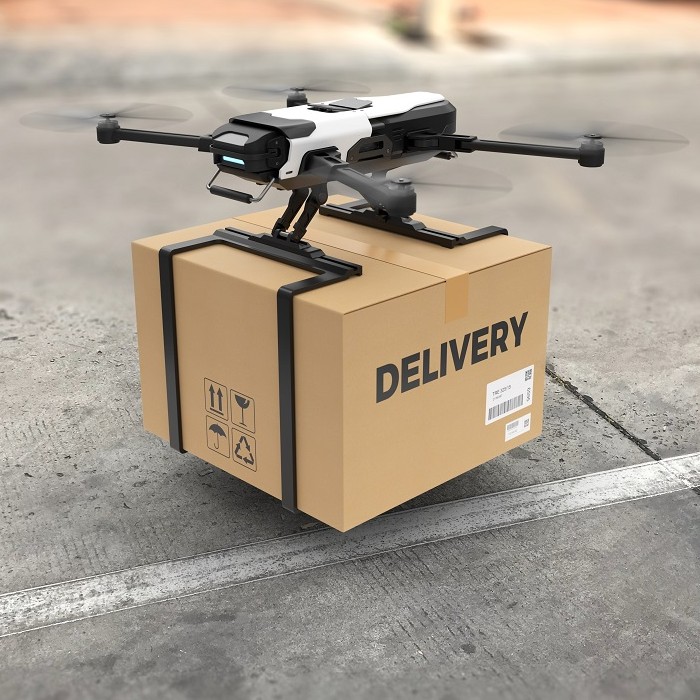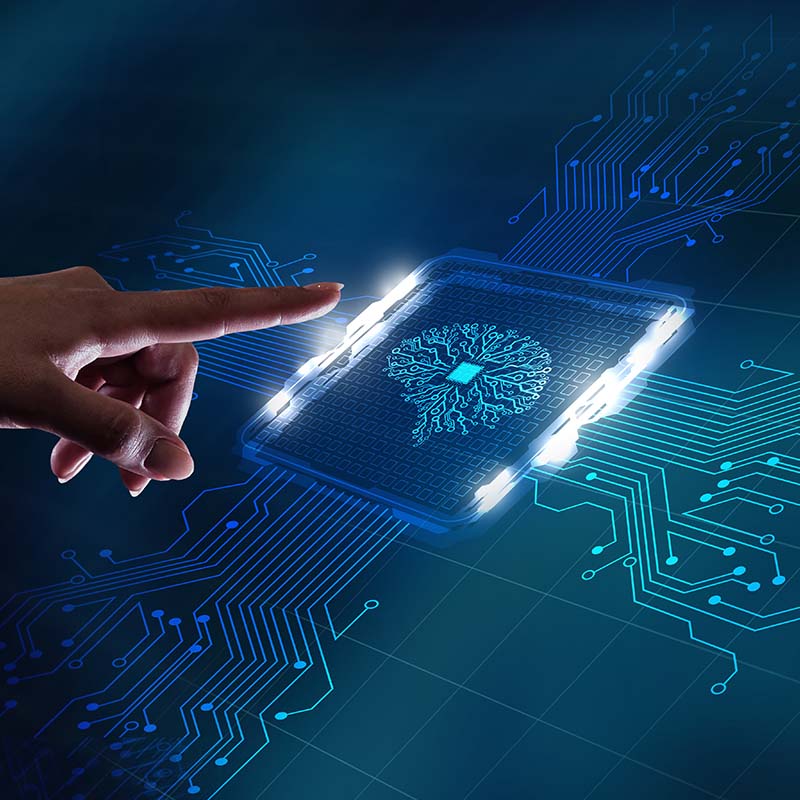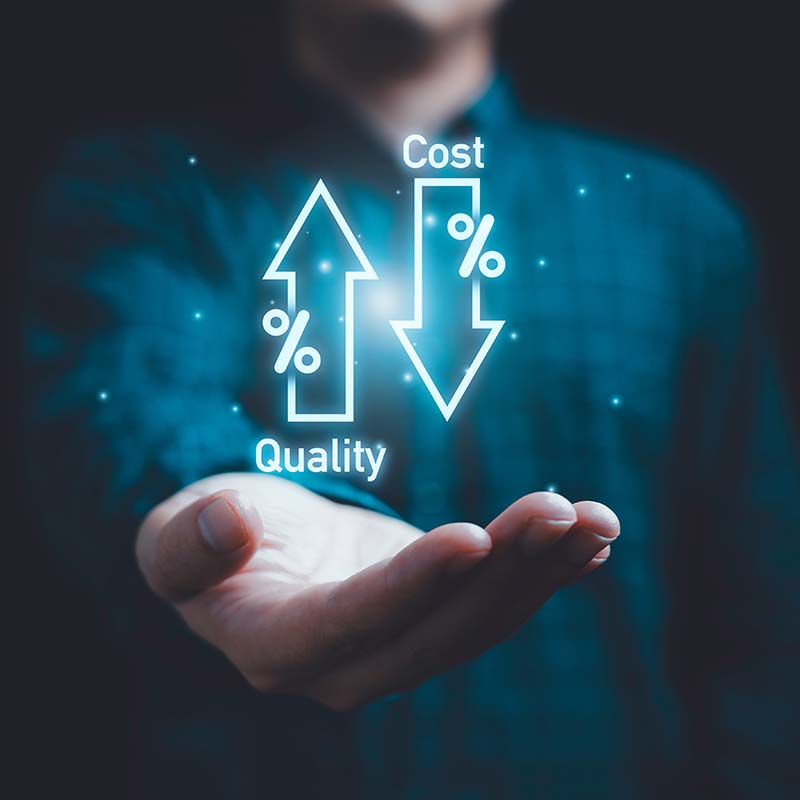The convergence of three technologies leads to the new cloud revolution by Mark P. Mills
These technological changes compare to the huge economic expansion that occurred in the
20th century, with a confluence of new information technologies (telephones and radio), new materials (plastics and steel alloys), and new machines (automobiles and airplanes).
“One of the great achievements of humanity has been the ability to create insight from nature's predations, whether it's weather or viruses,” he said. We're getting better at it. The cloud accelerates this ability.”
The Information Revolution
A variety of information technologies(IT) and media – including social media – are generating huge amounts of data. To be usable, this data needs to be securely stored, easily accessed from any location, searched and analyzed by artificial intelligence. All these processes today are enabled by IT, which increasingly is some type of cloud computing, either on-premises data centers that operate like a private cloud or hybrid multicloud systems that use a combination of private and public cloud technologies..
"Information is media and analyzed, digested in the cloud. It's not [just] storing information, it's performing a service function," Mills said on Tim Benson’s illiteracy Podcast:
The Materials Revolution
New and unique materials also contribute to the cloud revolution. Instead of relying mostly on natural materials, today's technology creates a new class of materials, what Mills calls computational materials.
Mills explained in his recent interview:
"Engineers can think about properties that you would like and have a computer that's powerful enough, a supercomputer that has the basic laws, the physics, and physical chemistry around molecular atomic behavior do design engineering and testing of new chemical compounds to make things for new alloys, including new drugs and therapeutics."
So-called metamaterials will have properties that don't exist in nature. In the near future, we can expect materials that are self-cleaning, self-healing, and self-repairing, which will revolutionize fields prone to stress fractures and rapid wear. These new materials will enable engineers to create real-world products that are safer, easier to use, and last longer than any materials available today.
The Machine Revolution
Mills predicts that the availability of more information and new materials will make possible a new machine revolution. This includes everything from large machines that run autonomously to tiny nano-sized molecular machines for use in medical procedures.
Take, as an example, 3D printers. Today's class of 3D printers can print parts for all sorts of products and devices. There's even a giant 3D printer that prints layers of concrete for new houses and other structures. New materials and processes enabled by big data promise to expand the use of 3D printing to print parts of human organs. The ability to "grow" new organs in this fashion will transform the availability of organ transplants.

